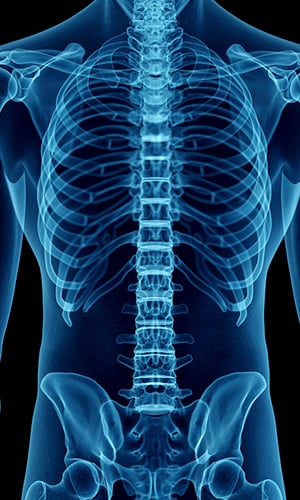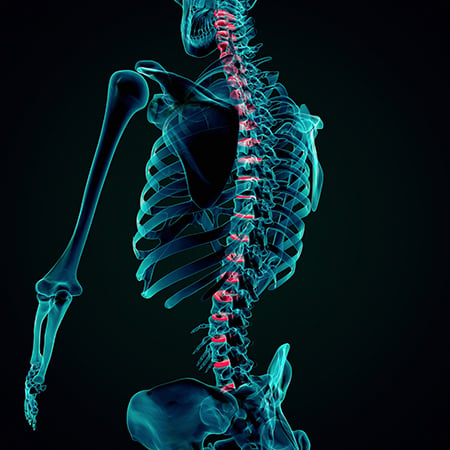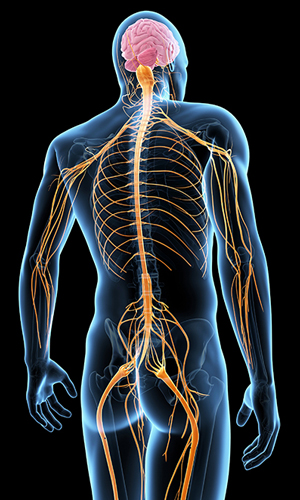For those experiencing spinal cord injuries, frustration can often occur in the form of unfamiliar terms used by medical professionals when discussing your condition. This quick glossary is a useful start to understanding the anatomy of the spine and its functions.
As you manage life with a spinal cord injury, you will no doubt be exposed to all manner of unfamiliar terminology by physicians and healthcare professionals. While by no means comprehensive, the following glossary can serve as a way to begin to educate yourself about the spine, the spinal cord, and conditions that affect their function.
Spine
The spine, also known as the backbone, is the connected column of bones running from your head to your lower back.
Spinal cord
The spinal cord is a fragile, dense bundle of nerves that run from the base of your brain down through open spaces in your spine. As part of your body’s nervous system, the spinal cord is the nerve pathway that allows your brain to communicate with the rest of your body.
Spinal canal
The spinal canal refers to the hollow passage in the vertebrae through which the spinal cord runs. The spinal canal is filled with cerebrospinal fluid that bathes the nerves.
Spinal nerve roots
Spinal nerve roots are fiber bundles that come off the spinal cord, exiting through vertebrae and extending to all parts of the body.
Vertebrae
Vertebrae are the 33 individual, interlocking bones that form the spinal column.
Cervical vertebrae
These are the seven stacked vertebrae located beneath the skull and in the neck region of the body.
Thoracic vertebrae
Thoracic vertebrae are the twelve vertebral bones in the middle of the spinal column and are attached to, and protected by, the rib cage.
Lumbar vertebrae
These are the vertebrae located within the region of the lower back. The largest of the vertebrae, their function is to support the great weight of the body and allow certain movements such as lifting objects.
Sacral vertebrae
The sacral vertebrae consist of five bones that are fused together to form the sacrum, the shield-shaped bony structure located at the base of the lumbar vertebrae and connected to the pelvis.
Motor neurons
These are spinal nerve roots located in the front of the spine and contain nerves responsible for controlling the body’s movements.
Sensory neurons
These are spinal nerve roots located in the back of the spine and are responsible for transmitting sensory information (such as feeling/touch) from the body to the brain.
SCI
SCI, or spinal cord injury, is damage to the spinal cord or spinal nerve roots within the spinal canal that may result in permanent loss of movement and/or feeling.
Incomplete injury
An incomplete spinal cord injury is one in which the ability of the spinal cord to convey messages to the brain is not completely lost; in other words, where some sensation and movement is possible below the level of injury.
Complete injury
A complete spinal cord injury is one that is indicated by total lack of sensory and motor function below the level of injury.
Paralysis
A loss in the ability to control muscle movement, and sometimes other bodily functions. It is often described with an attached letter and number corresponding to the spinal region/location of the injury.
Tetraplegia
Also known as quadriplegia, tetraplegia is a form of paralysis caused by a cervical injury and includes some degree of paralysis in both the upper body (shoulders, arms, hands, fingers) and the lower body (chest, legs, feet, toes).









